Nothing lasts forever – we have to admit that over time the capacity of the battery is lost, it needs to be replaced. Batteries last about two years on average, after which they must be replaced. Otherwise, there will be a problem of insufficiently effective work with fast discharge at the most crucial moment.

Moreover, the more you charge the battery, the earlier it will need to be replaced. Although in any case, at some point, a spare battery becomes necessary, especially for a phone that acts as a working tool.
First of all, you need to decide on a suitable place to buy a battery. To do this, you can pay attention to GSM shops, websites or online auctions. Thanks to the purchase on the Internet, in practice, it is possible to save a lot, since prices are cheaper – but you need to turn to reliable sites with a good reputation.
Now we turn to the key question: what is the best battery capacity for a smartphone, what else needs to be considered when choosing the right battery.
What is the best battery for your phone – the criteria for the ideal choice
First of all, it is necessary to consider whether the store offers the original battery. This option is more preferable because it meets all the necessary parameters recommended by the manufacturer. Non-original models usually cannot boast of such reliability, and the service life is shorter.
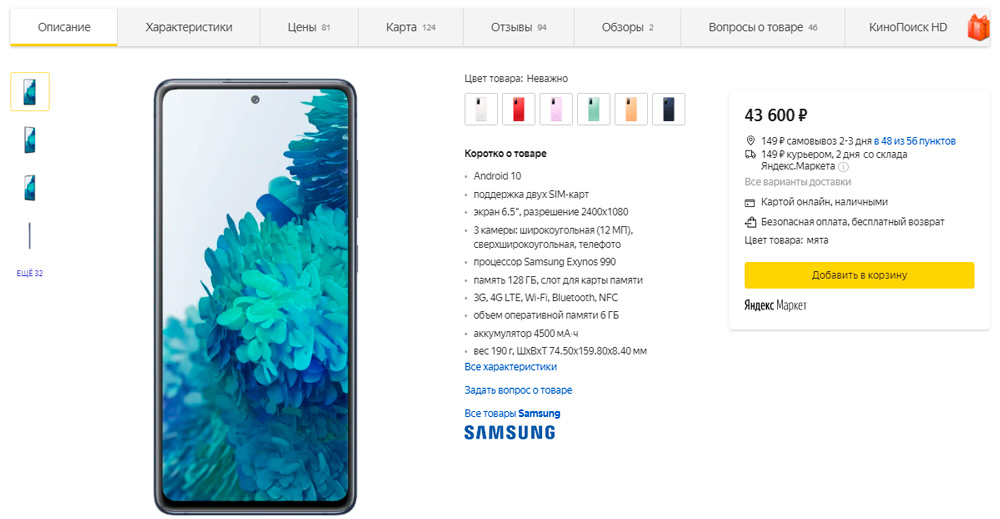
It is also important to make sure that the battery matches your phone model – usually indicated in the description or specifications on the seller’s website.
Particularly noteworthy is the capacity of the phone’s battery. In particular, it must withstand a minimum of 1,500 charge / discharge cycles, with a minimum of two years of operation. Therefore, when buying attention, the warranty on the device deserves attention.
What type of battery is best for a smartphone – why over-saving is harmful
When buying, most people are guided only by its price and maximum power. But we have to disappoint you – if manufacturers talk about high capacity at a very low price, it is worth looking for some kind of catch.
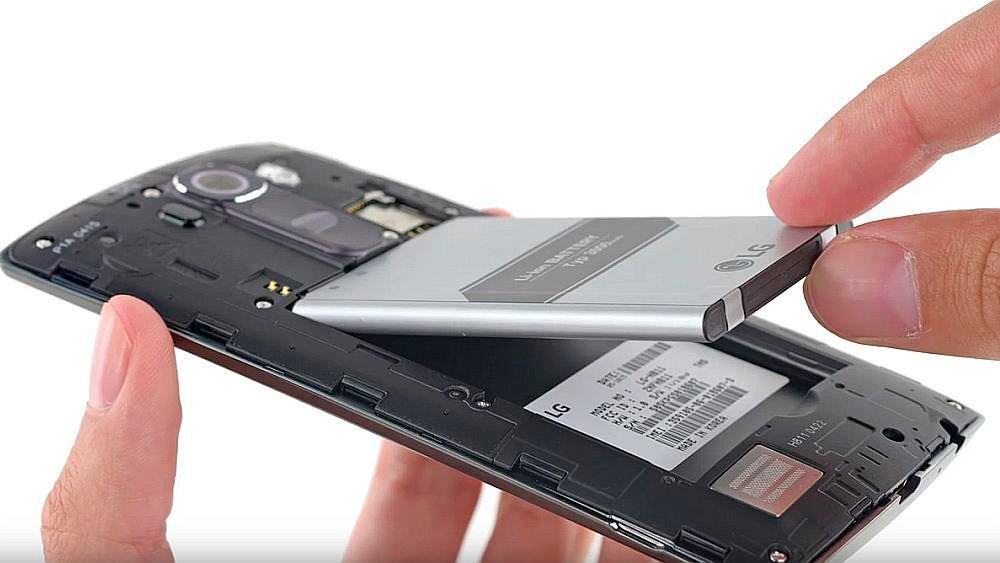
Indeed, with a large capacity at a suspiciously low price, the workmanship will be very doubtful. Moreover, for cheap batteries, the manufacturer often does not provide a warranty.
When choosing the right container, you should be guided by your goals, preferences and common sense. After all, you need to remember that a full-fledged battery cannot cost a penny above average performance.
Which battery is better for a smartphone – the main selection parameters
There are 2 main types of rechargeable batteries used in modern smartphones:
- Li-Ion (lithium-ion). Relatively inexpensive, have a higher capacity in comparison with Ni-Mh (used in old push-button telephones). Designed for approximately 300 charge / discharge cycles, after which they begin to actively lose capacity.
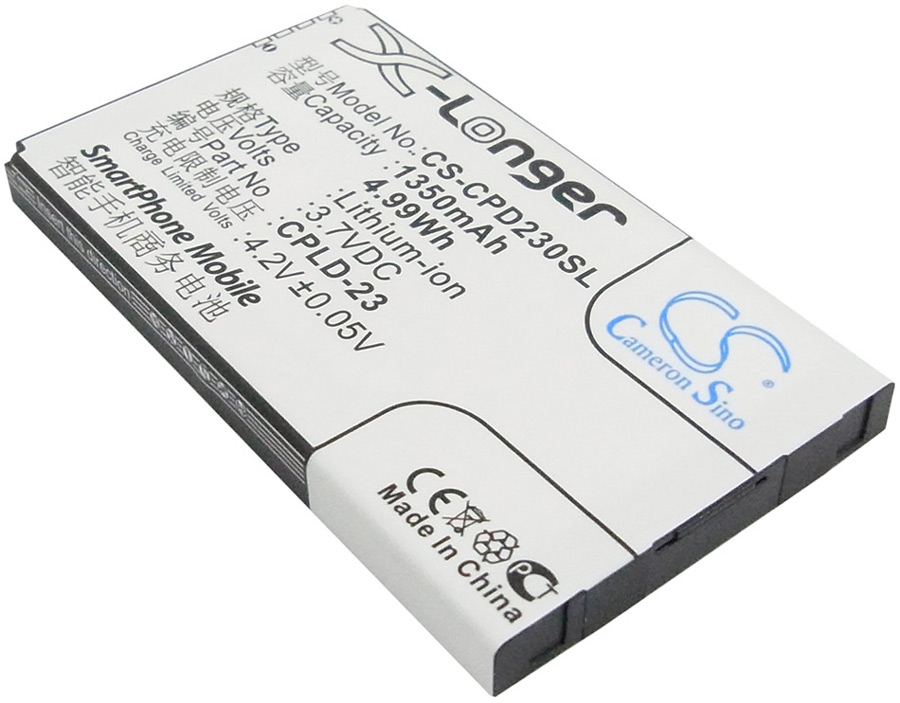
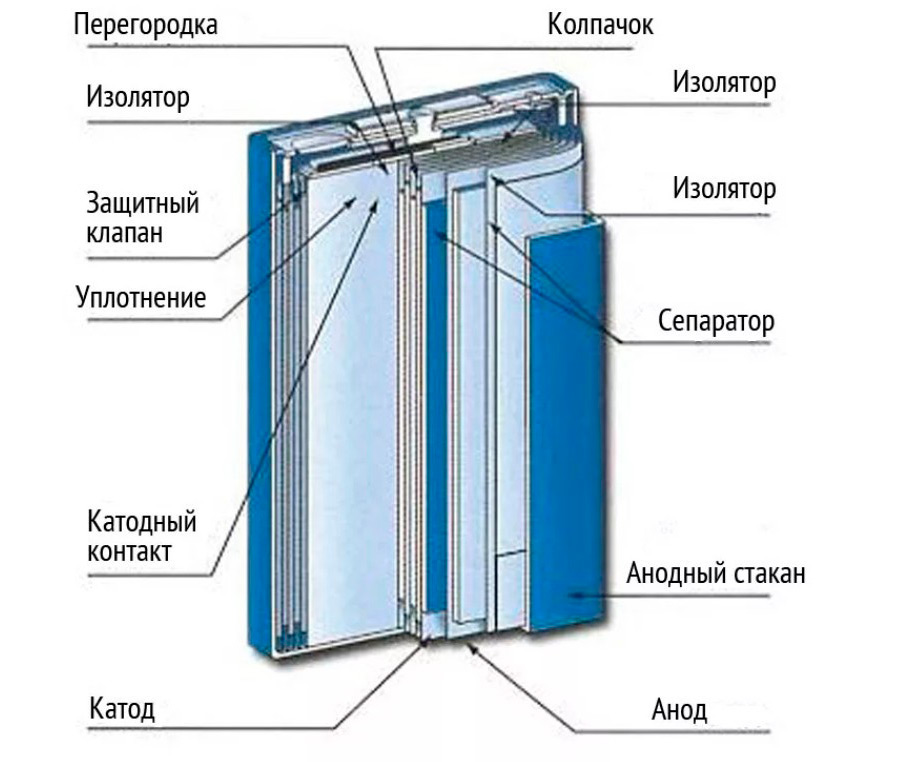
Li-Ion battery circuit
- Li-Pol (lithium polymer). These are the same Li-Ion, but in them the electrolyte is polymer (in Li-Ion – liquid), which reduces the rate of battery wear. Designed for approximately 500 charge / discharge cycles. Another feature of these batteries is that they “withstand” the cold better, that is, their voltage practically does not sag.
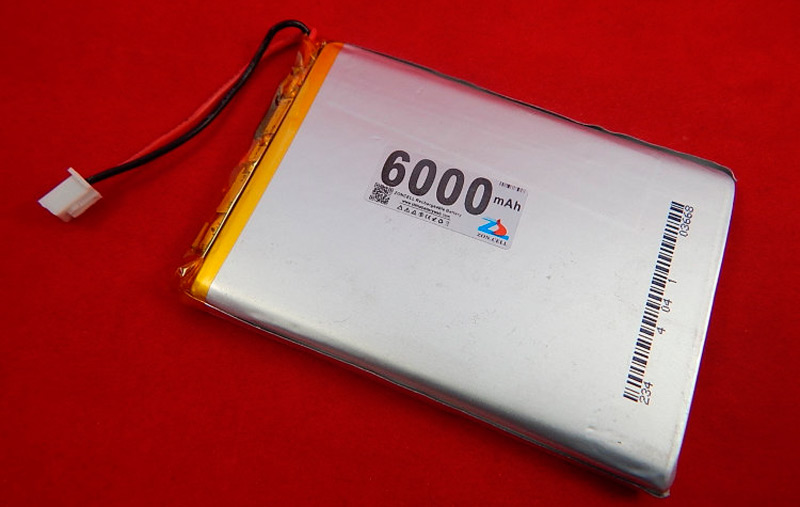

Li-Pol battery circuit
Naturally, the preferred option is precisely Li-Pol. But they are not available for all smartphone models.
The second important parameter is voltage. Most phone batteries have an operating voltage of 4.2 Volts. But some manufacturers are now actively switching to the 4.35 V standard.The differences between them are as follows:
- in a battery for 4.35 V, the full discharge voltage is from 2.5 V to 3 V;
- in a 4.2 V battery, the full discharge voltage is from 2V to 2.5 V.
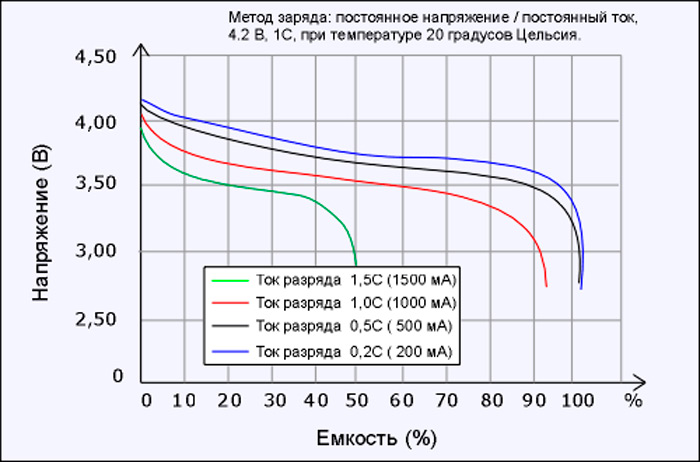
The batteries themselves are interchangeable. That is, if a 4.35 V battery is installed in a smartphone designed to work with 4.2 V, then it will turn on normally, nothing will burn in it. However, when the 3V mark is reached, the phone will simply turn off. Although the system will indicate that there is still a charge (approximately 20-30%). And the shutdown occurs due to the fact that the protection of the power controller built into the battery is triggered. It simply does not allow the device to discharge or charge the battery to the values of the “inoperative” voltage for it.
Likewise, if you put a 4.2 V battery in a 4.35 V smartphone, the gadget will not be able to charge it above the 4.2 V set. Therefore, it is imperative to take into account the voltage! And to find out what voltage the battery current in the smartphone has, you can use the following methods:
- View the specification on the battery itself.
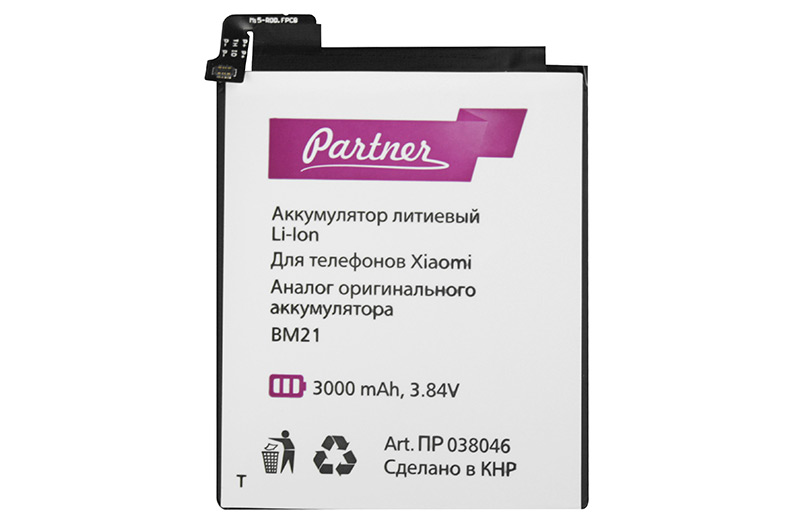
- Read the instructions for the phone. In some of them, these parameters are also indicated.
- Contact the smartphone manufacturer and check with him for information.
The third parameter is capacity. Indicated in mAh. For each model, the value is selected individually. In most modern smartphones, the average battery capacity is between 3000 and 4000 mAh. And you need to understand that this value is rigidly tied to the physical dimensions of the battery. That is, if the manufacturer initially installed a 3000 mAh battery in the phone, then there cannot be options for it with a capacity of 4000 mAh or more (while maintaining the original dimensions). Accordingly, the optimal capacity for the purchased battery is the one that was in the original battery.
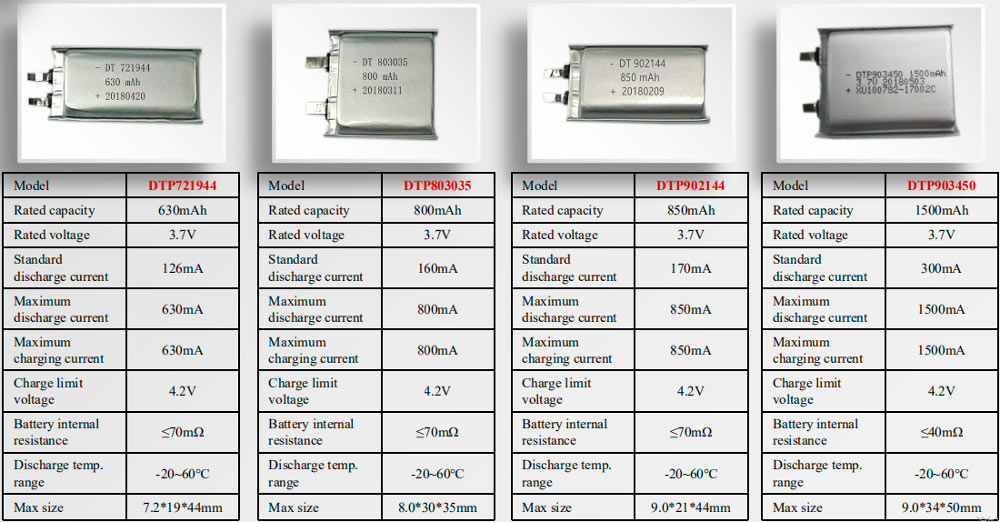
And the last parameter is the standard size and connection option. It will not work to put a battery from some Samsung in a Xiaomi phone. Although they are both Li-Ion or Li-Pol, they have different dimensions, and they are not connected with the same cables. That is, you need to choose a battery specifically for a specific phone model.
In this article, we examined the key principles of making the best choice so that a purchase becomes a safe investment in a suitable and durable job. But for this you need to remember not only about a suitable choice, but also about the principles of operation. To charge, you only need to work with original chargers to prevent possible damage to the electronics of your smartphone.